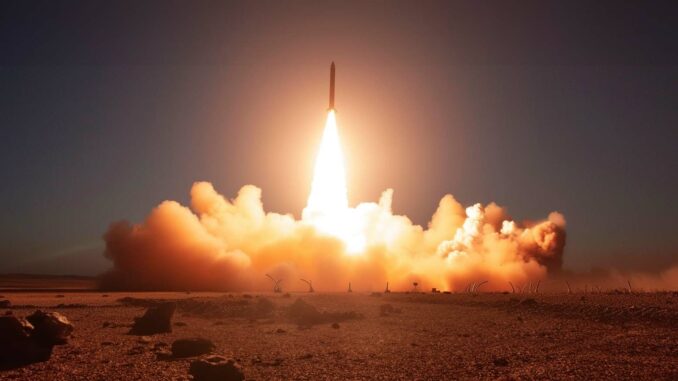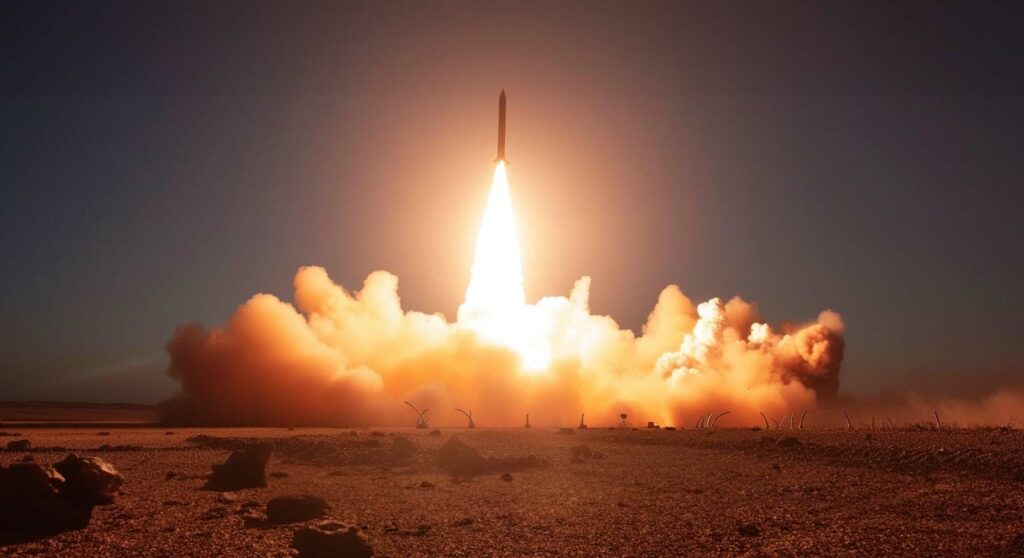
Discover advances in missile defense and strategies for dealing with new forms of airborne threats, including drones and missiles.
Modernization of defense systems
Recent conflicts have shown a significant evolution in missile and drone threats, making traditional defense systems less effective. Statements by Lt. Gen. Heath Collins, head of the Missile Defense Agency (MDA), underline the importance of adapting to more maneuverable projectiles such as cruise missiles and drones, compared to ballistic missiles. This adaptation requires more complex interceptions, moving away from predictable trajectories to respond to unpredictable attacks.
The scale of the threat and the necessary responses
Recent assaults with over 300 drones and missiles on Israel and Ukraine are just a glimpse of what adversaries like China could launch on targets like Guam or Taiwan. This rise in offensive power requires not only an increase in the quantity of interceptors, but also a reduction in their costs. The challenges highlighted by Heidi Shyu, Undersecretary for Research, Development and Engineering, at a conference of the National Industrial Defense Association (NDIA), reveal a crucial awareness for the adaptation of defense strategies.

New technologies in response to evolving threats
Increased use of high-power lasers and high-power microwaves could revolutionize the way airborne threats are countered. Aegis, the airborne air defense system, and the land-based Patriot have proven their effectiveness, but in the face of massive, economically viable attacks, new methods need to be considered. These technologies would not only counter the threat effectively, but also reduce the costs associated with missile defense.
Offensive strategies for effective defense
John Plumb, Assistant Secretary of Defense, stresses the importance of offensive strategy in improving the effectiveness of defense systems. Attacking the enemy even before missiles are launched, a tactic known as “left of launch”, has already been successfully implemented against Houthi forces in Yemen. This proactive approach could prove crucial in preventing large-scale attacks, rather than simply defending against them.
Economic impact of new defense technologies
The cost of traditional interceptors is a major consideration, as indicated by the need to develop less expensive options to meet the growing quantity of threats. General C.Q. Brown, Chairman of the Joint Chiefs of Staff, has emphasized the need to defend against low-level drones using technologies such as lasers, which offer a low-cost response. This transition to less expensive but equally effective systems is essential to maintain the economic viability of missile defense.
Challenges and the future of missile defense
The rise of drone and missile threats calls for a complete reassessment of defense strategies. The combination of new technologies and offensive approaches can offer a more robust and economically sustainable solution. Decision-makers must therefore continue to innovate and adapt their tactics to meet the complex challenges of today’s geopolitical landscape.
War Wings Daily is an independant magazine.